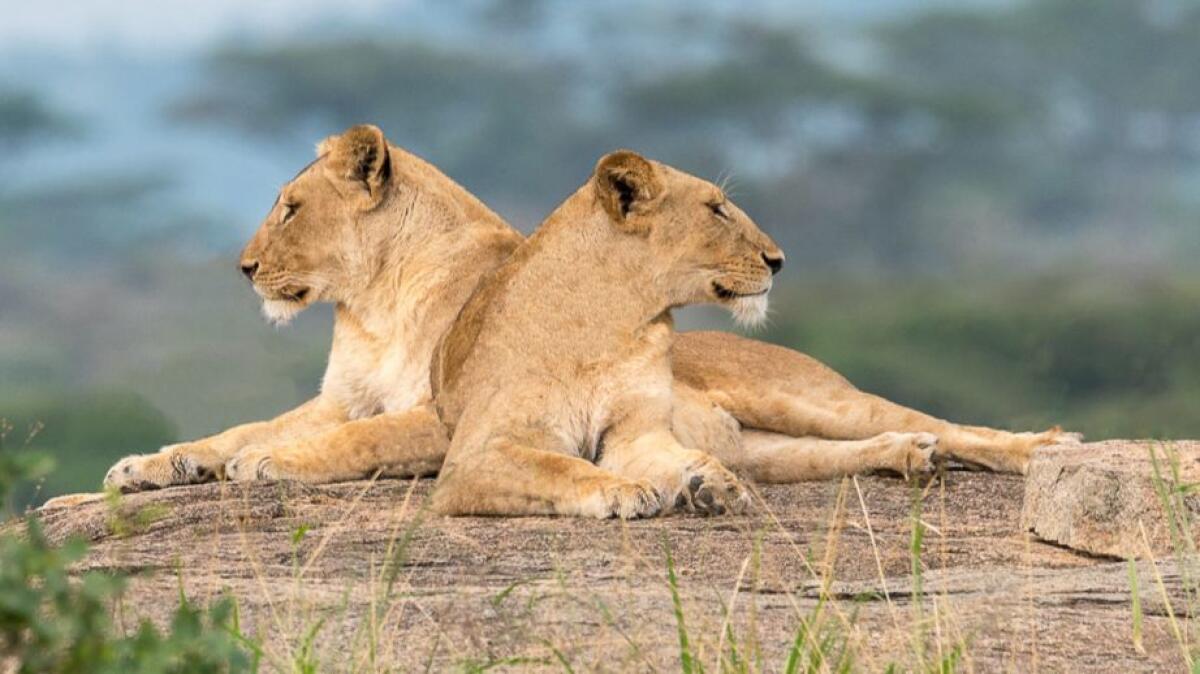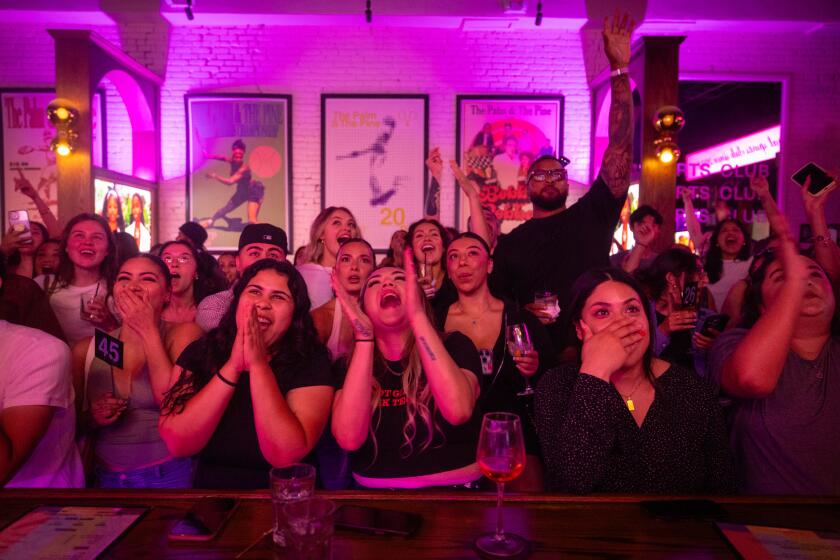Photography tours can up your social media game. Here’s how to choose one that’s right for you
- Share via
Have you dreamed of returning home from a trip with photos you would be proud to hang above the sofa? The ones that would make your social media followers wish they were you?
If you’re disappointed with your travel photos, you’re in good company. Many of us have experienced a post-vacation letdown when what’s on our memory card fails to meet expectations.
The photography tour, one of the hottest trends in the travel industry, is helping more people capture brag-worthy images. Several companies offer photo-centric tours, which can be just the ticket for those who want to combine interesting locations with the opportunity to enhance their skills behind the lens.
Choosing a tour
Not all photography tours are created equal, and selecting the right one can be overwhelming.
“Choose a company that works with you personally,” said Ally McKay, co-owner of McKay Photography Academy, who with her husband, David, leads 10 to 20 tours each year in the U.S. and abroad.
“We believe in taking our participants to new levels in their understanding of photography. Anyone can take you to a beautiful place and tell you what to set your camera at. We strive to teach our participants how to tell the camera what they want the creative outcome to be.”
Location is a good place to start. Just about anywhere you want to go, you can — anything from one day at a nearby waterfall to three days in Washington, D.C., to two weeks in Africa or Antarctica.
Cost of a photo tour varies from a few hundred dollars to more than $10,000, depending on the duration and destination. If you’re unsure whether a photo tour is right for you, start with a shorter, less expensive tour.
This is a good way to determine whether a company’s teaching style and philosophy are a good fit for you before committing time and money to a longer trip.
What’s included in the cost also can vary greatly from one company to the next and from itinerary to itinerary.
Some tours are all inclusive, covering lodging, meals and transportation. Others require you to pay separately for hotels and meals and may require you to drive yourself or carpool to locations.
Reading the fine print is important. In instances in which lodging is included, if you’re on your own you’ll be matched with a roommate. If this is a deal breaker, you may be charged a single supplement.
Many tours offer a non-photographer rate for spouses or other companions who want to tag along. Children usually are not allowed. If you have a teen who is serious about photography, contact the tour company to get an OK.
Discretionary items such as alcohol and tips usually are out of pocket as is transportation to the originating location.
Is it physical?

Consider the physical requirements of a tour. Will you need to hike miles to that glorious waterfall or is it easily accessed from the parking lot?
In most cases, you’ll carry your own gear, including camera, lenses and tripod. You may also need to shuffle your luggage in and out of hotels, vans or buses. If you have physical limitations, disclose these in advance to be sure you can participate fully.
Who is on tour can have a huge impact on your overall experience. Group size, instructor-to-participant ratio and qualifications of the instructors will influence how enjoyable and educational the tour will be.
Companies should disclose the number of instructors and participants, which helps you anticipate how much personalized instruction you might receive.
“We believe in taking one instructor for every five participants,” McKay said. “We have heard stories of some companies having one instructor for 20 participants.”
If you have a new camera, ask whether the instructors are familiar with it. On my first photography tour, I had a leader who knew only Nikon settings, and I was left to translate his instructions for my Canon.
This same instructor also seemed more intent on getting his own shots rather than assisting clients. Because of this experience, I always ask about instructors’ backgrounds and their priorities.
Read the cancellation policy. If you must cancel, you may lose your deposit or perhaps the full cost of the tour. Travel insurance is often recommended to help cover costs in case of an emergency or unforeseen incident.
What to expect
Taking stunning photos means shooting during optimal light. Photo tour itineraries (especially for landscapes) are designed to take advantage of each day’s best light.
This can mean early mornings to catch the golden hour when sunrise bathes the scenery in warm hues, or even earlier to capture the mystical blue hour just before sunrise.
It can also mean sleeping during the day so you can stay up all night to photograph the Northern Lights or the Milky Way’s magical glow.
Chasing light requires flexibility, and the best photo tours will adapt to take advantage of weather and light conditions.
Expect meals to be scheduled around shooting, and don’t count on planned shopping excursions. A good photo tour will, however, have built-in down time.
Some will have scheduled image review and critique sessions, but others may add them if weather interrupts shooting.
What you’ll need
Tour operators should provide pre-tour information with recommendations for equipment and clothing.
You’ll want to have at least a basic SLR camera and a sturdy, lightweight tripod. If you aren’t ready to invest in equipment, several companies offer affordable rental options.
Whether you own or rent, you should be familiar with basic manual settings to control shutter speed, aperture and ISO. Most tours are designed for all levels of photographers, but familiarity with your equipment is critical.
If you are anxious about your skills, find a local photography class to help with the basics before you go.
Why I love photography tours
I’ve gone on seven photography tours in the last three years. Each tour advanced my photography skills beyond what they would have been shooting on my own, taking classes or watching videos.
Shooting for several hours every day helped me build muscle memory for my equipment and instinct for getting the shot. I learned not only from the instructors but also from other participants. I love being on location with other photographers and then seeing how we each captured the experience through our own perspective.
More to Read
Sign up for The Wild
We’ll help you find the best places to hike, bike and run, as well as the perfect silent spots for meditation and yoga.
You may occasionally receive promotional content from the Los Angeles Times.






